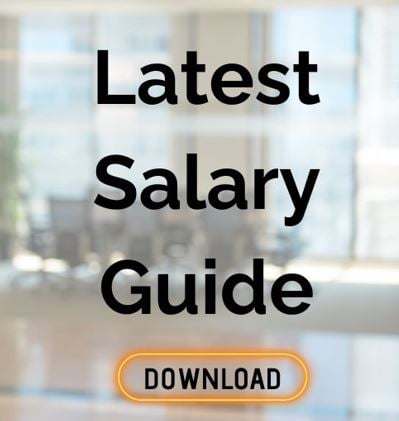After the induction process and any initial training, an essential part of every onboarding process is finding a compromise between the working style that suits the organisation, and that which works for the new employee. This, of course, is proving more difficult when the experience is mostly virtual at this point.
During the initial induction, we believe its critical to have a conversation about the employee’s preferred working style. This may have been established during the interview, with the question ‘how do you like to be managed?’, or could be understood by having them complete a ‘How I Work’ questionnaire. This type of survey lets you get to know your employee better, understanding if they are more or less likely to ask for help, if they prefer working alone to working in groups, etc.
At this stage, the importance of keeping in touch with your employee cannot be overstated, even if they tell you they prefer a hands-off working approach. Once they settle into their new role, you can slip into the working style which suits you both, but at first, a continual connection is what’s needed to form the bonds that create a robust employee-employer relationship.
Key milestones during your remote employee’s new career with you are:
-
the first week
-
the second week
-
the first month
-
and then subsequent months, usually quarterly.
The general consensus amongst HR professionals is that onboarding should take three months minimum, and some argue that it can take up to an entire year.
During these milestones, you must keep a record of your new employee’s performance, in order to help them by giving feedback. Let’s consider the importance of consistent reviews during the remote onboarding process.
Reviews
Many organisations shy away from consistent reviewing of their employees, due to time constraints or a lack of adequately trained management. But reviews are incredibly beneficial, for both employee and employer.
Provide your employee with a framework of what their reviews will look like, including the questions you are going to ask, so that they can consider what they have found to be challenging and what they are enjoying.
Formal reviews are more constructive for everyone involved when compared with verbal feedback only. The documenting of challenges, goals and outcomes gives the new employee a clear path of what to aim for.
Include a section where the new hire can give their feedback on the remote onboarding process, so that you can modify and improve the process over time.
Appropriate milestones for video reviews:
-
Week One - covering teething problems, checking tools are working correctly, and for them to ask any initial questions.
-
Week Two - a second review ensuring that any problems from week one are fixed, and they are more settles within their role. This may involve feedback about systems and processes now that they are more familiar with the role.
-
First Month - this will be the first time you get a good idea of how well they are doing in their role, how fast they are completing tasks, and how at ease they are. This review is a good stage to have an honest discussion how you feel they are performing, whilst setting goals and objectives for the next three and six months.
-
Subsequent Reviews - this should follow a similar framework to the first-month review, typically at three month intervals for the first year. You should track goals and aims so that you can draw up objectives and actions for the employee during their quarterly reviews.
This robust review plan should help the employee feel secure, confident and connected to their new role, despite the physical distance.
How Can We Help You?
Hopefully, we can with our market knowledge even if its simply pointing you in a different direction.
Our involvement in the recruitment process over the last 30 years means we have seen a range of techniques, ideas and platforms used by clients which could help you.
Why not call us on 0113 367 2880 to have a conversation with one of our team. Alternatively drop us an email here or check out our Testimonials and Case Studies.










.png)






